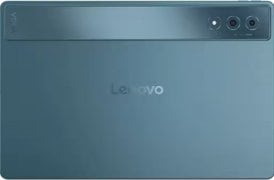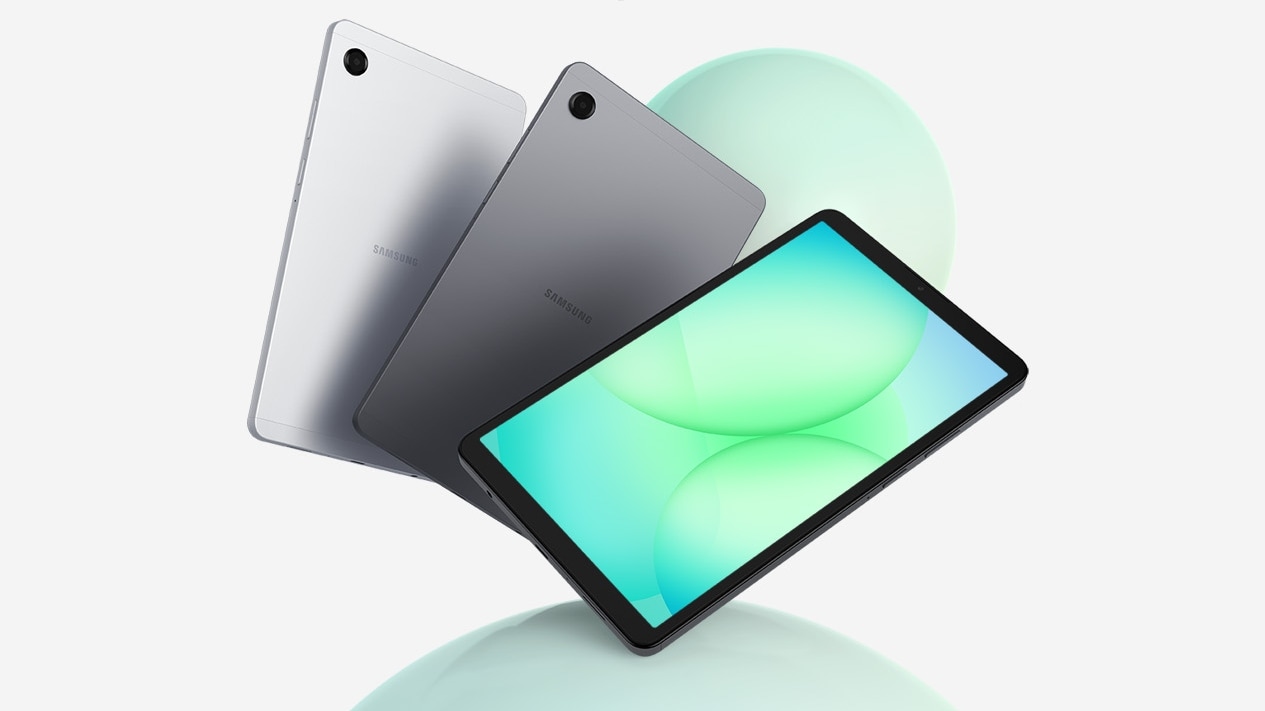- Home
- Mobiles
- Mobiles News
- Samsung Patent Document Hints at 'Self Healing' Screen for Foldable Phones: Report
Samsung Patent Document Hints at 'Self-Healing' Screen for Foldable Phones: Report
Samsung's patent document describes a tiny sensing loop around the hole in the screen that can detect small cracks.

Integrating in-display fingerprint sensor into foldable displays was a major challenge for Samsung
Samsung has been at the forefront of the foldable smartphone market since 2019, and the company enjoyed a dominant position in the market with its Samsung Galaxy Z Fold and Z Flip series. Now, a new patent document suggests Samsung is actively working to bring a reliable in-display fingerprint sensor into the displays of its future foldable smartphones. The patent describes a new display structure designed specifically for foldable phones with a "self-healing" camera and in-display fingerprint sensor. It could include multiple protective layers to detect potential cracks and self-heal cracks around sensitive areas.
Samsung's 'Self-Healing' Technology Could Bring In-Display Fingerprint Scanners to Foldable Phones
A patent document spotted by Xeaks7 (David Kowalski) and Summarize Meeting suggests that Samsung has designed a self-healing screen technology and fingerprint sensor for foldable phones. The document describes a special screen structure that can detect cracks, prevent damage, and heal sensitive areas, particularly around the camera cutouts and sensor regions.
Samsung's patented design reportedly includes a tiny sensing loop around the hole in the screen that can detect small cracks. Two thin wires placed on different display layers keep checking the area's condition. To protect it further, Samsung will repeatedly use the microscopic grooves and sealants to block moisture and oxygen in the area, safeguarding the foldable layers from long-term damage.
The patented system also reportedly includes dummy metal patterns that activate to heal minor damage near cameras, sensors, or speakers. When a crack is detected, dummy metal patterns automatically activate to reinforce the weak spot and stop further damage.
All this would make the screen near the camera or sensor stronger, marking a step toward enabling in-display fingerprint sensors on foldable phones. This setup could work for cameras, fingerprint readers, and other sensors hidden beneath the display. It could also improve long-term durability.
If implemented, the self-healing technology could mark a major leap in foldable phone design. It will enable enhanced security without compromising on form factor.
Meanwhile, Samsung is gearing up to unveil its first tri-fold smartphone. The device, which is likely to be known as Galaxy Z TriFold, is expected to be launched during the APEC (Asia-Pacific Economic Cooperation) summit in Gyeongju, South Korea, between October 31 to November 1. It is likely to come with a G-style inward folding mechanism and a 9.96-inch screen when fully expanded.
Get your daily dose of tech news, reviews, and insights, in under 80 characters on Gadgets 360 Turbo. Connect with fellow tech lovers on our Forum. Follow us on X, Facebook, WhatsApp, Threads and Google News for instant updates. Catch all the action on our YouTube channel.
Related Stories
- Samsung Galaxy Unpacked 2025
- ChatGPT
- Redmi Note 14 Pro+
- iPhone 16
- Apple Vision Pro
- Oneplus 12
- OnePlus Nord CE 3 Lite 5G
- iPhone 13
- Xiaomi 14 Pro
- Oppo Find N3
- Tecno Spark Go (2023)
- Realme V30
- Best Phones Under 25000
- Samsung Galaxy S24 Series
- Cryptocurrency
- iQoo 12
- Samsung Galaxy S24 Ultra
- Giottus
- Samsung Galaxy Z Flip 5
- Apple 'Scary Fast'
- Housefull 5
- GoPro Hero 12 Black Review
- Invincible Season 2
- JioGlass
- HD Ready TV
- Laptop Under 50000
- Smartwatch Under 10000
- Latest Mobile Phones
- Compare Phones
- Poco F8 Ultra
- Poco F8 Pro
- Huawei Mate 80 RS Master Edition
- Huawei Mate 80 Pro Max
- Huawei Mate 80 Pro
- Huawei Mate 80
- Huawei Mate X7
- Honor 500
- Asus ProArt P16
- MacBook Pro 14-inch (M5, 2025)
- Poco Pad M1
- Poco Pad X1
- Honor Watch X5
- Huawei Watch Ultimate 2
- Acerpure Nitro Z Series 100-inch QLED TV
- Samsung 43 Inch LED Ultra HD (4K) Smart TV (UA43UE81AFULXL)
- Asus ROG Ally
- Nintendo Switch Lite
- Haier 1.6 Ton 5 Star Inverter Split AC (HSU19G-MZAID5BN-INV)
- Haier 1.6 Ton 5 Star Inverter Split AC (HSU19G-MZAIM5BN-INV)

















